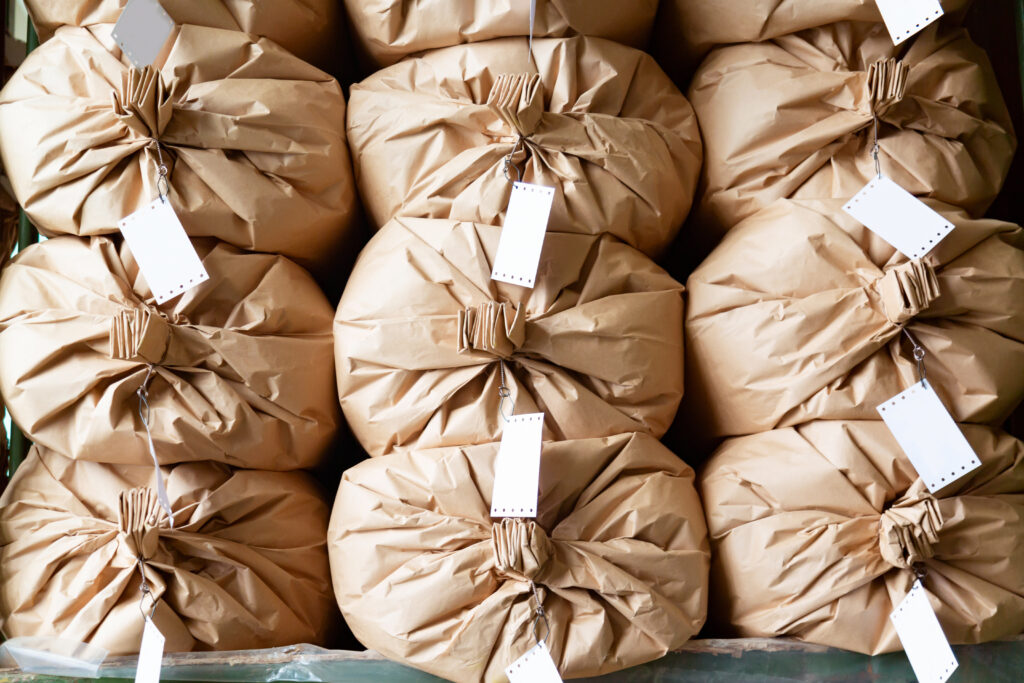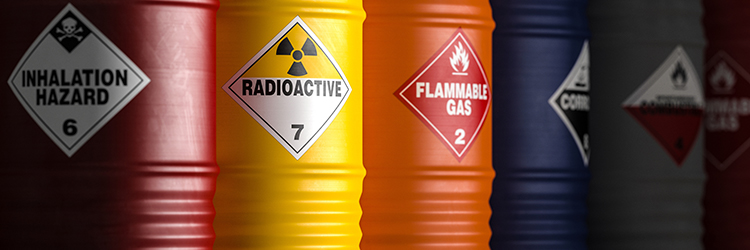What Are the Best Ways to Bulk Stack?

Across a wide array of industries and workplaces, efficient warehousing is a challenge for many teams, especially when it comes to balancing safety precautions with space utilization. Bulk stacking in a warehouse is an optimal way to store large quantities of product, additional inventory, and more, but it’s important to do it properly to keep your teams safe. With a bulk stack approach, you can store more items in the vertical space of your warehouse, therefore, freeing up precious floor space.
If you’re ready to dive into the development of your bulk stacking strategy, be sure to consider the fact that there are safe and unsafe ways to bulk stack in a warehouse. To review OSHA’s full guidance on bulk stacking, you can visit their website. At a glance, OSHA’s bulk stacking standard 1917.14 states, “Cargo, pallets and other material stored in tiers shall be stacked in such a manner as to provide stability against sliding and collapse.” In order to bulk stack safely, it’s imperative to consider the materials you need to store and the best way to store those specific materials.
The Best Ways to Bulk Stack
When building out a bulk stacking strategy for a warehouse, we suggest considering a few different factors to ensure a successful implementation of bulk stacking:
- Stability and Support – It’s well known that different products and materials will stack differently, which plays a huge role in the safety of bulk stacking. For instance, OSHA’s guidance states that bricks should not be stacked higher than 7 feet, while lumber can be stacked up to 20 feet when handled with a forklift. It’s important to keep OSHA guidelines close by and use your industry knowledge when deciding how much of one product to stack in bulk.
- Utilization of Resources – If items are going to be stored long term and you won’t need to access them on a regular basis, think about utilizing extra resources such as shrink wrap or banding to up-level the stability of the entire structure.
- Reliability of Storage Systems – Ensuring your warehouse has reliable storage systems is imperative, whether or not you’re bulk stacking items. There are many great storage options if you need to keep items lifted, such as pallets, dunnage, and other platforms, but each of these options has pros and cons:
- Pallets: While pallets are great and can be moved with forklifts, they are prone to splintering and may not fare well in environments with moisture.
- Plastic Dunnage: Dunnage storage mechanisms are available in cube structures and rack structures, making them very versatile. Additionally, the material is sturdy enough to be used indoors and outdoors. The one issue with plastic dunnage is that they are often stationary storage mechanisms and cannot be easily moved.
- Plastic Platforms: Plastic platforms cannot raise products off the ground as much as dunnage or pallet options can; in fact, they only raise products a few inches off the ground. On the plus side, they provide a sturdy surface to stack materials and can be used in many environments.
- Labeling – Staying organized will not only increase your warehouse’s operating efficiency, but it will make life a lot easier and keep everyone safer, ensuring they won’t be digging around storage shelves to find what they need. For more tips on how to optimize your warehouse storage systems, check out this blog on our site!
Revolutionize Storage with Bulk Storage Warehouse Systems
One of the most common mistakes in warehouse storage is not utilizing the vertical space to its full potential. Floor space is a luxury that every warehouse seems to be running out of, but by being clever and pulling in a bulk stack approach, you can increase your access to floor space. Like most things in industrial warehouses, bulk stacking has risks, so it’s critical to employ safe practices when dealing with bulk items. Start by reviewing the OSHA guidelines on bulk stacking and continue to research best practices for your specific industry and its materials. If you are in need of any products or materials to help you get started, review our offerings here. Happy stacking!


